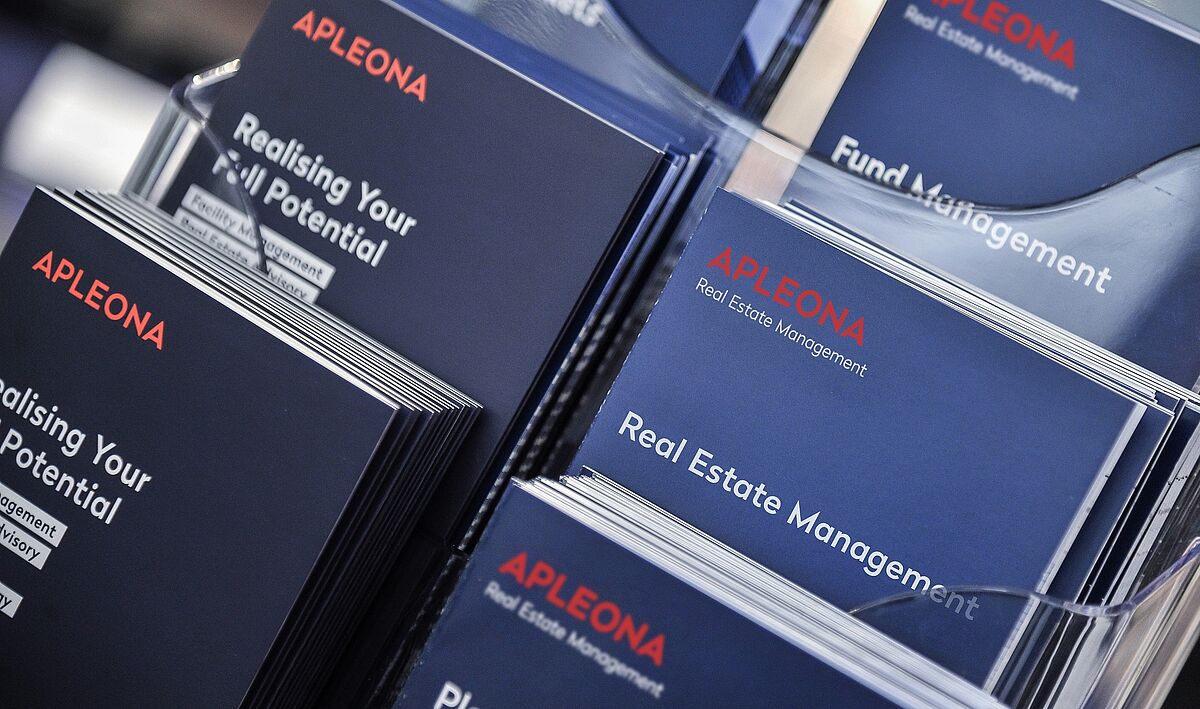The interview was given by Lars Wiederhold and Ulrich Schüppler from the Immobilien Zeitung.
Over the past three years, the FM service provider Apleona has developed a digital ecosystem for building operation that is now to be made available to all major customers. The company wants to make ideas ready to use quickly, as shown by the solution for coronavirus infection protection.
Apleona has been honing its digital ecosystem for building operation since 2017. It consists of three elements: a customer portal where the user can view all the building data at all times, modules for microservices with which, for example, third-party services can be booked, and an IT backbone that connects everything. A key partner for the integration of the individual components is the IT group IBM, which has been involved in working on the digital ecosystem right from the start and also uses it as an Apleona customer itself.
Seven major Apleona customers already use the customer portal, and soon there will be many more. “We want to bring our 120 biggest customers onto the portal,” explains Apleona CEO Jochen Keysberg in an interview with Immobilien Zeitung. “In a second step, everyone is then to be given access to the ticketing function.” This function can be used to manage and work through damage reports, for example. But often the devil is in the details, as each customer uses a different IT environment and has different organizational structures that determine who is or is not permitted to use which functions. All of this needs to be taken into account for each digital building application. Apleona aims to provide the interfaces for this and act as an integration partner for new applications, but it certainly does not intend to develop everything itself. “We increasingly want to get involved as partners at proptech start-ups,” says Keysberg. In its core business, by contrast, the company is focusing on acquisitions.
Apleona can also be creative without proptechs, as demonstrated by the solution for coronavirus infection protection. Instead of having to install a warning app on their smartphone, users just need a cellphone with a camera function. They use this to scan in a QR code whenever they enter or leave a room. All of this is done completely anonymously – meaning that it could be made available much quicker than an app whose use at the workplace would need to take account of many different data protection law considerations.


